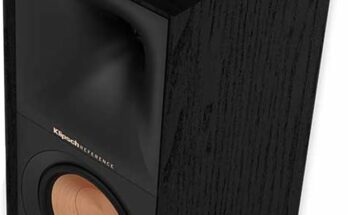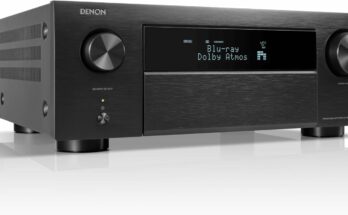Delving into the Discrepancies: Best Buy Specs vs. Consumer Versions of TVs
In the world of consumer electronics, it’s not uncommon for retailers to offer slightly different specifications for products compared to the manufacturer’s advertised specifications. This can be particularly true for televisions, where Best Buy, a major electronics retailer, often lists specs that differ from the manufacturer’s specifications.
Understanding the Reasons for Spec Discrepancies
There are several reasons why Best Buy specs for TVs might differ from the consumer versions:
- Testing Methodology: Best Buy may use different testing methods to assess the performance of TVs compared to the manufacturer’s internal testing. This could lead to variations in reported specs, particularly for factors like refresh rate or contrast ratio.
- Retailer-Specific Configurations: In some cases, Best Buy may receive TVs with slightly different configurations or firmware than the consumer versions. This could result in differences in specs related to features or performance.
- Pricing Strategies: Best Buy may adjust certain specs to align with their pricing strategies. For instance, they might list a lower refresh rate for a TV to maintain a competitive price point.
- Marketing Considerations: Best Buy may emphasize specific specs in their marketing materials to highlight the most appealing features for consumers. This could lead to differences in the prominence of certain specs compared to the manufacturer’s specifications.
Impact on Consumer Choices
Variations in Best Buy specs compared to consumer versions can potentially impact consumer choices. Consumers may be confused or misled by these discrepancies, making it challenging to make informed decisions when purchasing a TV.
Recommendations for Informed Purchasing
To navigate these discrepancies and make informed purchasing decisions, consumers can follow these recommendations:
- Cross-Reference Specifications: Carefully compare the Best Buy specs to the manufacturer’s advertised specs for the same TV model.
- Read Reviews: Read reviews from trusted sources to gain insights into the actual performance of the TV, regardless of the listed specs.
- Seek Expert Guidance: Consult with knowledgeable sales personnel or tech experts to understand the nuances of the specs and make informed choices.
- Consider Use Cases: Clearly define your specific needs and preferences for the TV, such as gaming, movie watching, or general use.
- In-Store Comparisons: Visit retail stores to compare the actual picture quality and performance of different TV models side-by-side.
- Trial Periods: If available, utilize trial periods or return policies to evaluate the TV in your own home environment before committing to a purchase.
Conclusion
While Best Buy specs may differ from consumer versions of TVs, these discrepancies can be managed by careful research, informed decision-making, and seeking expert guidance. Consumers should carefully consider their needs and preferences, compare specifications across sources, and utilize trial periods to make informed choices that align with their expectations.




![Image of Maruman A7 memo emumemo 6 mm Width ruled Red n595 a – 01 00498706 [Bulk buying 10 Books Set]](https://m.media-amazon.com/images/I/51QgNdMLzwL._SL500_.jpg)

![Image of Maruman A7 memo emumemo 6 mm Width ruled yellow n595 a – 04 00498709 [Bulk buying 10 Books Set]](https://m.media-amazon.com/images/I/51B1nEHe4JL._SL500_.jpg)


